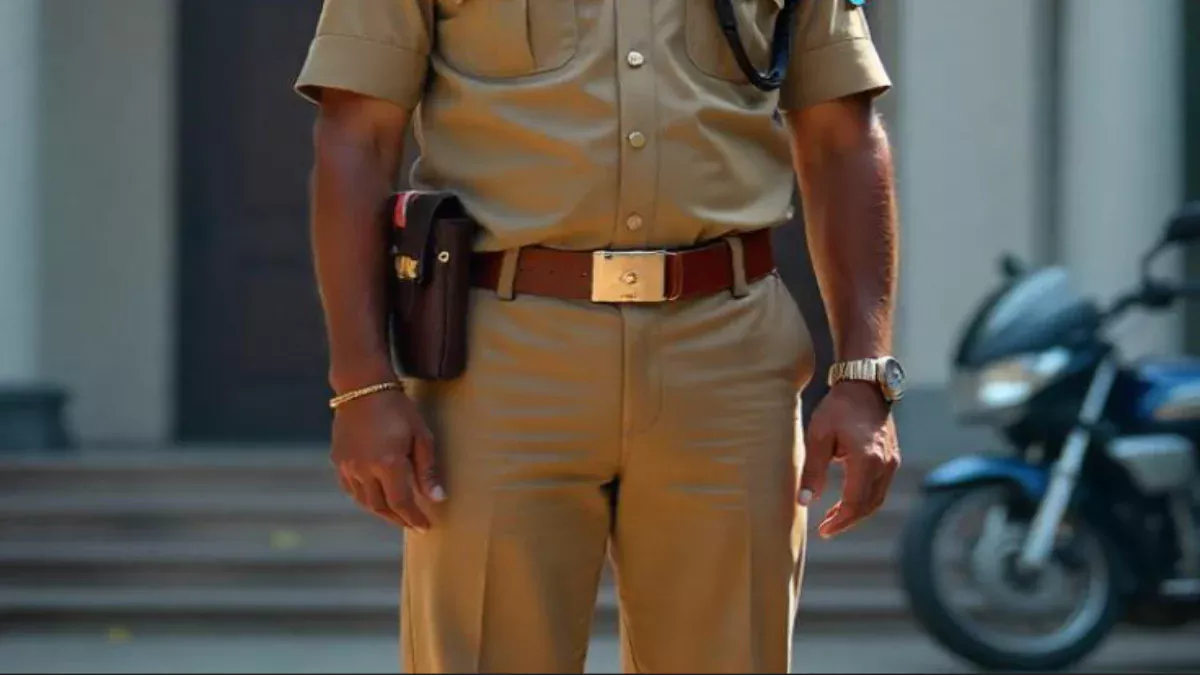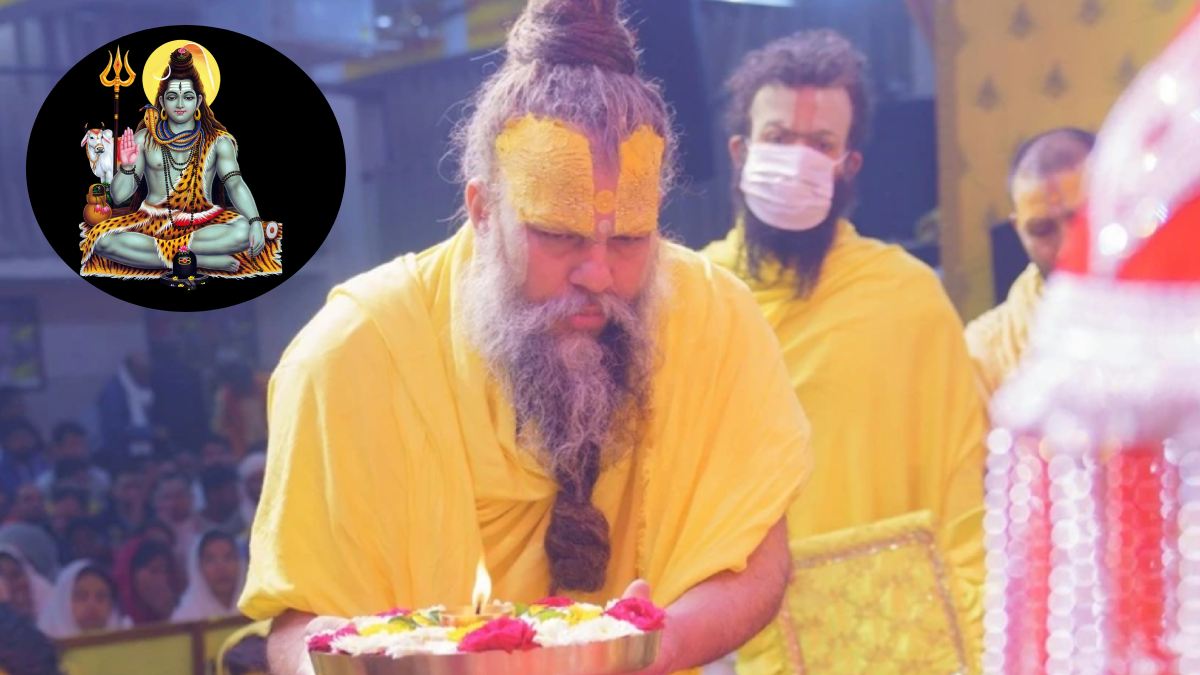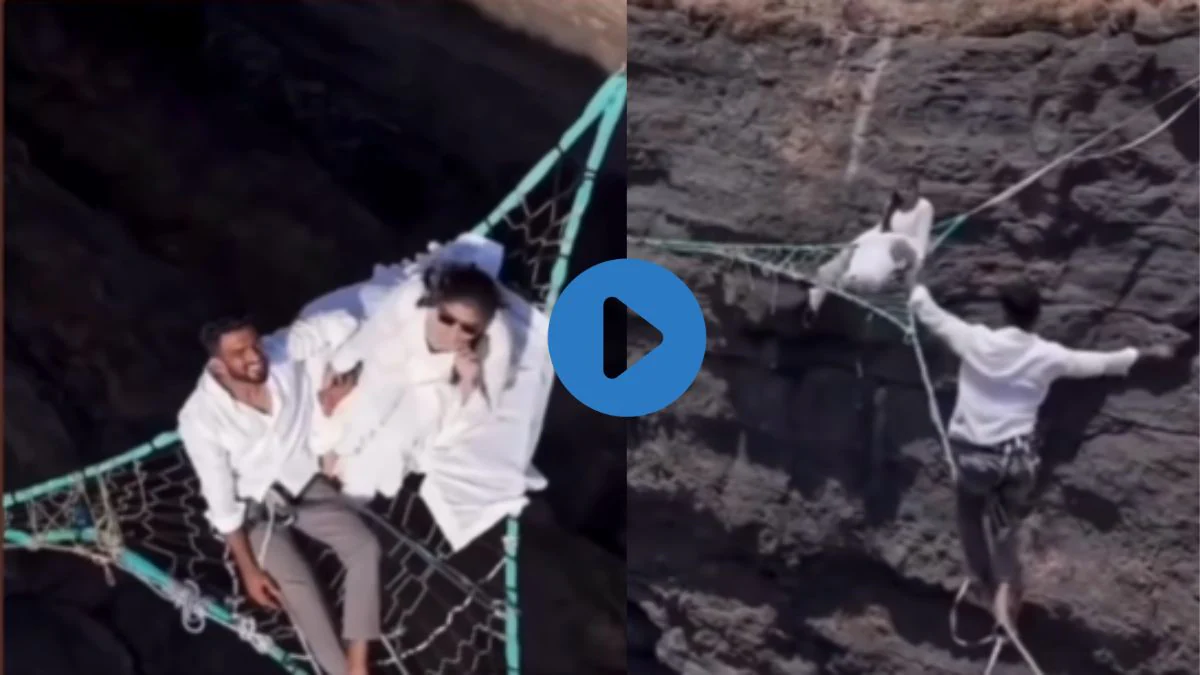Actor Ameesha Patel recently opened up about “extreme physical and mental” exhaustion while shooting a water sequence for Gadar 2 in Himachal Pradesh. Patel, 49, recalled her near-death experience. She revealed that she lost consciousness due to the freezing temperatures and cold water showered on her; she was wearing only a salwar-kameez for the sequence.
“The first time the water was showered, I was shocked. It was freezing cold. After I finished the scene, they had to lift me, and take me to my make-up van. I was unconscious. I did not wake up for three to four hours. People thought I was dead. I had reached a stage where people said, ‘She won’t survive.’ They had wrapped me in woolen blankets. When I finally woke up after four hours and opened my eyes, I wondered where I was. I had zoned out. I had no recollection of what I had gone through in those four hours. My team and the people on the unit sighed in relief when I was up,” said Patel in a chat with Jarp media on YouTube.
Dr Manisha Arora, director, internal medicine, CK Birla Hospital (R), Delhi, said that initially, exposure to cold can cause a shock to the body, stimulating the sympathetic nervous system and resulting in an increase in heart rate and blood pressure.
Dr Muzamil Sultan Koka, senior registrar, of critical care and emergency, Marengo Asia Hospital, Gurugram, said, “Sudden cold water exposure can be dangerous for individuals with heart disease or other health conditions. Potential hypothermia risk increases with prolonged exposure to very cold water which can lower body temperature dangerously.”
Calling hypothermia the “biggest threat,” consultant neurologist Dr Sudhir Kumar, Apollo Hospitals, Hyderabad, said that the condition occurs when core body temperature drops below 95 degree Fahrenheit (35 degree Celsius). “It is a medical emergency. The initial symptom is shivering, the body’s attempt to warm itself. If the exposure to extreme cold continues, other symptoms such as slurred speech, shallow breathing, weak pulses, confusion, and clumsiness can occur. Drowsiness and loss of consciousness can also occur in severe cases, and after exposure to extreme cold for a longer duration. It can even kill,” said Dr Kumar.
The treatment of hypothermia is rapid warming of the body. Remember to warm the body core before the extremities.
Frostbite is another serious risk.
“A wind chill of -20 degrees Fahrenheit will cause frostbite in just 30 minutes. Frostbite causes numbness and a white or pale appearance in extremities, such as fingers, toes, ear lobes, or the tip of the nose. Treatment, again, is rapid warming of the affected areas,” Dr Kumar said.
Other health hazards after exposure to extreme cold include respiratory infections, worsening of asthma, worsening of joint pains, urticaria (itching of skin), and an increase in blood pressure, especially in older people.
A post shared by Jarp Media (@jarpmedia)
It’s essential to approach cold showers cautiously. “If you have any health concerns, consult a healthcare professional. Start slow, and gradually decrease the temperature to allow the body to adjust to the cold,” said Dr Koka.
DISCLAIMER: This article is based on information from the public domain and/or the experts we spoke to. Always consult your health practitioner before starting any routine.
Stay informed with access to our award-winning journalism.
Avoid misinformation with trusted, accurate reporting.
Make smarter decisions with insights that matter.



















